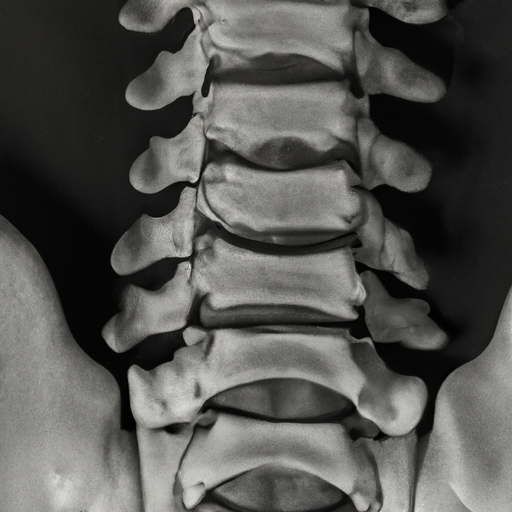What is the Role of the Posterior Longitudinal Ligament in Spinal Health?
The posterior longitudinal ligament (PLL) is a crucial component of the spinal column that plays a vital role in maintaining spinal health. It is a strong band of connective tissue that runs along the posterior aspect of the vertebral bodies, inside the spinal canal. The primary function of the PLL is to provide stability and support to the spinal column, ensuring proper alignment and preventing excessive movement between the vertebrae.
Stability and Support
One of the key roles of the posterior longitudinal ligament is to provide stability to the spine. It acts as a restraining structure, limiting excessive flexion (forward bending) and preventing hyperextension (backward bending) of the vertebral column. This stability is essential for maintaining the integrity of the spinal cord and protecting it from injury.
Protection of Spinal Cord
The posterior longitudinal ligament also plays a crucial role in protecting the spinal cord. It forms a barrier between the spinal cord and the spinal canal, preventing compression or impingement of the delicate neural tissues. By maintaining the proper alignment of the vertebrae, the PLL ensures that the spinal cord remains free from excessive pressure or trauma, reducing the risk of spinal cord injury.
Prevention of Disc Herniation
Another important function of the posterior longitudinal ligament is to prevent disc herniation. Intervertebral discs, located between adjacent vertebrae, act as shock absorbers and allow for smooth movement of the spine. The PLL helps to hold the discs in place, preventing them from protruding or bulging out of their normal position. This reduces the risk of disc herniation, which can cause severe pain and nerve compression.
Contributing to Spinal Stability Disorders
When the posterior longitudinal ligament becomes damaged or undergoes degenerative changes, it can lead to spinal stability disorders. Conditions such as spinal stenosis, where the spinal canal narrows and compresses the spinal cord, can result from a thickened or calcified PLL. This can cause symptoms like back pain, numbness, and weakness in the limbs.
Conclusion
In summary, the posterior longitudinal ligament plays a crucial role in maintaining spinal health. It provides stability and support to the spinal column, protects the spinal cord from injury, and helps prevent disc herniation. Understanding the importance of the PLL can help individuals take proactive measures to maintain a healthy spine and prevent spinal stability disorders. Regular exercise, maintaining good posture, and seeking prompt medical attention for any spinal issues are essential for optimal spinal health.




